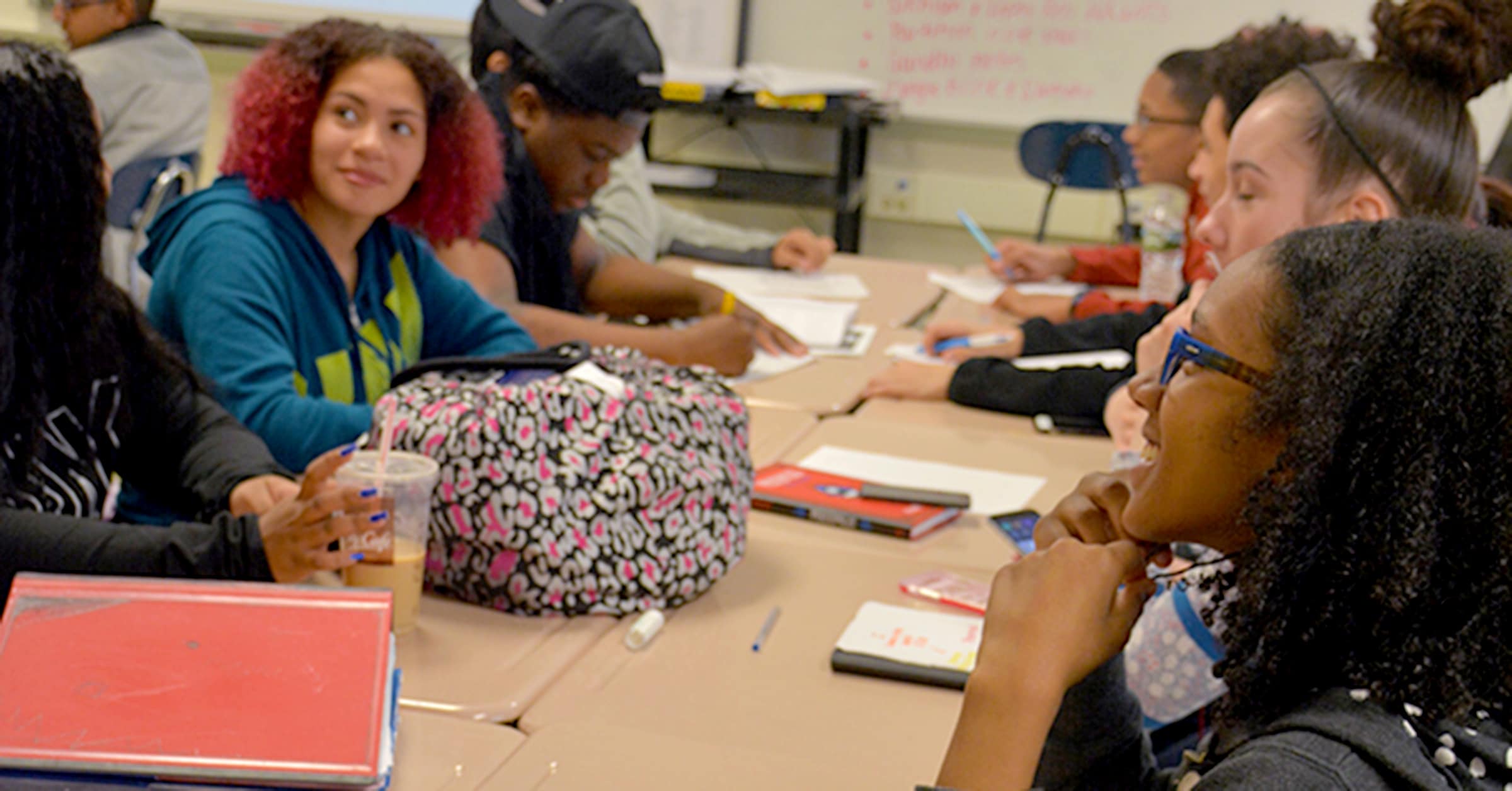
This post was written by former Chief Learning Officer Virgel Hammonds
How does a district select its curriculum? We spend a considerable amount of our budget to invest in curriculum, but it’s often acquired piecemeal. Too often, principals or superintendents will be tempted by the next big thing: tech-based, textbook based, something that guarantees it will engage all children and drive to specific standards. But really, curriculum should deliver on what a learning community really needs to help and support its vision for learning. How does it align with a district’s strategic design? How will it help support all learners, and all educators, with the teaching and learning process?
We can approach acquiring curriculum more strategically, and we should make teachers and students partners in the process.
- Is the structure of the curriculum easily understood by learners? While it’s often in the hands of teachers, it should drive learning in the hands of students, as well. It should be transparent and accessible to all.
- Does the curriculum allow learners to pursue personalized learning opportunities? And if so, how? Are learners and educators able to make the curriculum relevant to ideas, learnings, and passions outside the specific content?
- Can we evaluate data frequently? Does the curriculum allow educators to understand where a student is in his or her understanding so they can target instruction and supports appropriately? Moreover, does the learner understand where he or she is? Do they understand what’s coming next? Real time data is essential – it allows all stakeholders, including parents, teachers, and students, to understand where they are and what’s next.
- The curriculum should allow not only for personalized learning, but should also accommodate the unique learning styles of all students. A variety of tools and approaches to meet the needs of every child are as valuable to educators as they are to the learners they support.
Even if you haven’t made the full transition to competency-based education, your curriculum should still ensure you’re meeting the unique learning styles of every child. Curriculum should empower and motivate learners to acquire knowledge in ways that are meaningful for them, and it should provide educators a framework for what the outcomes are – and how they can be met by every child, honoring their learning style and the pace at which they learn.





